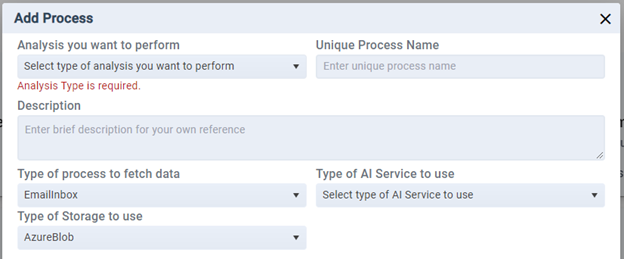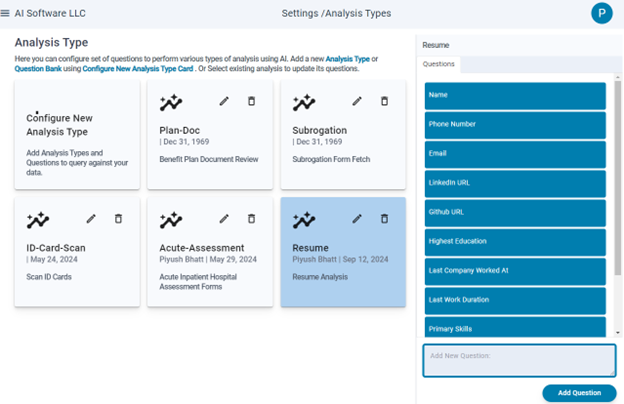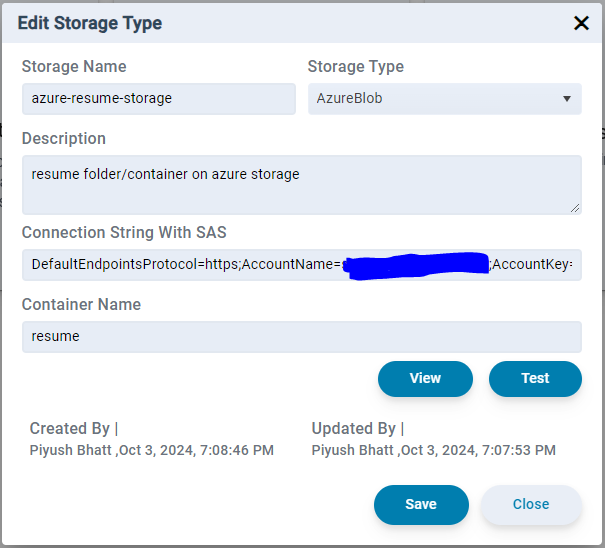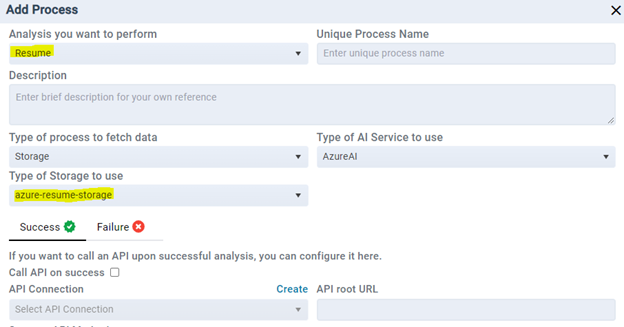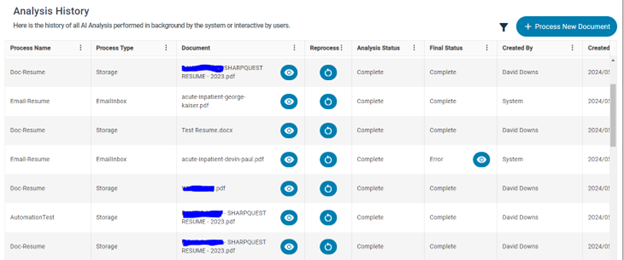
The Problem:
Automotive Suppliers and Manufacturing suppliers in all the industry verticals need to process hundreds of purchase orders over a week or month that are worth few thousands to few million dollars. Suppliers need to have a solid system in place to process each purchase order so there is no delay in fulfilling the actual order as well as the accounting is maintained correctly towards the order.
The important data points in a purchase order are:
– Customer Name
– Contact Information
– Net Terms
– Amount
– Date(s)
Purchase orders are prepared and sent by the buyer’s team of the customer. They manage the preparation and approval process for the purchase.
Purchase orders are received by the Sales team and managed by Sales and Project Managers to prepare budget and control costs for the fulfillment.
Many medium to large businesses or enterprises use several OCR tools and solutions to automate the purchase order processing, such as:
– Robotic Process Automations
– Touchless Invoice Automation tools such as Tipalti, Bill, PayHawk etc.
Not using an automation tool makes the invoice management process slower and prone to human errors.
This is where the Artificial Intelligence (AI) can help to expedite the process of scanning the incoming invoices and input data into other ERP or Accounting systems.
Industries: This use case can be applicable to Accounting Departments in all industries.
Target Users: Account Executives, Financial Controllers, CFO, CEO, Founders, Non-technical or Semi-technical staff
How AI can be used:
Generative Artificial Intelligence models such as Azure Document Intelligence, Open AI and Gemini are capable of understanding invoice documents and extracting data from it.
Earlier approaches of OCR and Robotic Process Automation was a slow and technically complex approach and it carries large implementation cost. With AI models, the implementation cost is very less as the AI models and Document AI services are ready made available. The implementation time line can be further reduced by using products such as dQuest.AI.
Customization may be needed specific to the company and its invoice approval workflow. This customization costs are much lesser compared to the customization for ERP and/or RPA.
Using AI Tools
Some of the ERP Accounting Systems have started building AI capabilities to read the invoices using OCR and other similar technologies. But you do not have to wait for your ERP Provider to support AI capability. You can use other tools that support invoice processing and also integrate with your existing ERP Accounting System.
dQuest.AI is one such integration platform that supports invoice processing. It offers free subscription for community users.
There are various ways you can use dQuest.AI to process invoices.
- Setup an Email Inbox to process invoices automatically by dQuest.AI. It will read the email attachments and submit data into your ERP Accounting or any other system. How to Use dQuest.AI to process invoices coming into accounts payable (AP) email inbox
- Integrate using dQuet.AI API for bulk processing or background processing of invoices. How to use dQuet.AI API for bulk processing or background processing of invoices
If you have not already signed up then sign up with dQuest.AI either using your Microsoft or Google account or submit a request. dQuest.AI offers:
– Free Subscription – for Community Users
– 50% off first year – for Pilot Users
– Custom Offer – for Enterprise Users
How to Use dQuest.AI to process invoices coming into accounts payable (AP) email inbox.
You can set up a process in dQuest.AI to watch an email inbox. Every AP department normally has an email inbox such as “ap@yourcompany.com” or “accountpayables@yourcompany.com”. dQuest.AI can be configured to watch this inbox and process the invoice.
- Go to Settings > Analysis Types and set up the Analysis Template for invoice.
dQuest.AI has a library of standard analysis templates. You can use existing ones for Invoice, or you can edit and add your own data points or questions to the template. - Go to Settings > Storage and configure the Storage space to use – this is where dQuest.AI will store the attachments received in email.
You will need to configure a storage space that is accessible online such as Azure Blob, Dropbox, AWS Blob etc. dQuest.AI supports all major storage services. - Go to Settings > API Connection to configure the APIs to be used when AI has successfully analyzed the document and prepared answers.
When an invoice is received, dQuest.AI will extract the data and can feed it into your other systems. Configure this integration using API. Or you can consult with the dQuest.AI team to implement a new API integration that is not currently available. - Go to Settings > Process and create new process. Select [Email Inbox] as a type of process to fetch data.
dQuest.AI will read the email inbox and analyze the input as well as the attachments. The data that it prepares will be pushed to the API that you have configured in the process.
You can review the Analysis History to see how the AI is processing your emails.
dQuest.AI can also host email inboxes for you. Reach out to help@dQuest.AI for setting up email inboxes for processing invoices
How to use dQuet.AI API for bulk processing or background processing of invoices
You can use dQuest.AI APIs to process invoices in following scenarios:
– invoices that are available in other systems,
– or when user uploads the invoice document to some other application,
– Background process
dQuest.AI allows to set up a background process that can be invoked by API. This API can be called from the source application where the user is uploading invoices.
dQuest.AI also works in the background, it can watch a folder and process the documents in that folder. The frequency of such a process can be configured and it can be configured to make it instantaneous.
Steps to set up the background analysis process.
- You need to configure an analysis template for Invoices. Go to Settings > Analysis Types to set up a template. Click [Configure New Analysis Type]. And Use right side area to add your questions. Examples are – Supplier Company Name, Supplier Company Address, Supplier Phone, Item Date, Item Description, Item Amount etc.
- Configure a Storage Space where the invoice documents are stored or can be stored during the background process. If you are non-technical, you will have to read online material to get access keys or tokens for your storage. But you can set this up yourself and no programming is needed.
Following storage types are supported.
– Azure Blob Storage
– AWS Blob Storage
– Dropbox
– Google Drive
– One Drive
– SharePoint
If you have any different type of storage, reach out to help@dQuest.ai. - Now set up the background process. Select the Analysis you want to perform, the storage where the documents are.
Purpose of the background process is to automate your workflow so that the data can be fed into other ERP Accounting systems. It is assumed that you have an API endpoint to call when Analysis is completed for a single invoice. You can configure that API in “Success” tab. - dQuest.AI maintains the history of when the back-ground process ran. The process can be invoked to run by an API call. For example, whenever a document is uploaded in a web application, API call can be made to perform analysis on the uploaded document.
You can go to Analysis History menu to see the analysis that have been performed in the background.
You can click on iconto see details about the Analysis Results. Following shows an example response from an invoice.
For the performed analysis if you want to ask more questions, you can still click on [Talk to AI] and interact with it.
[Document Viewer] will display the document on which the analysis was performed.
[System Info] will display steps system took during the analysis. It is helpful to troubleshoot issues when any error occurs in the process.
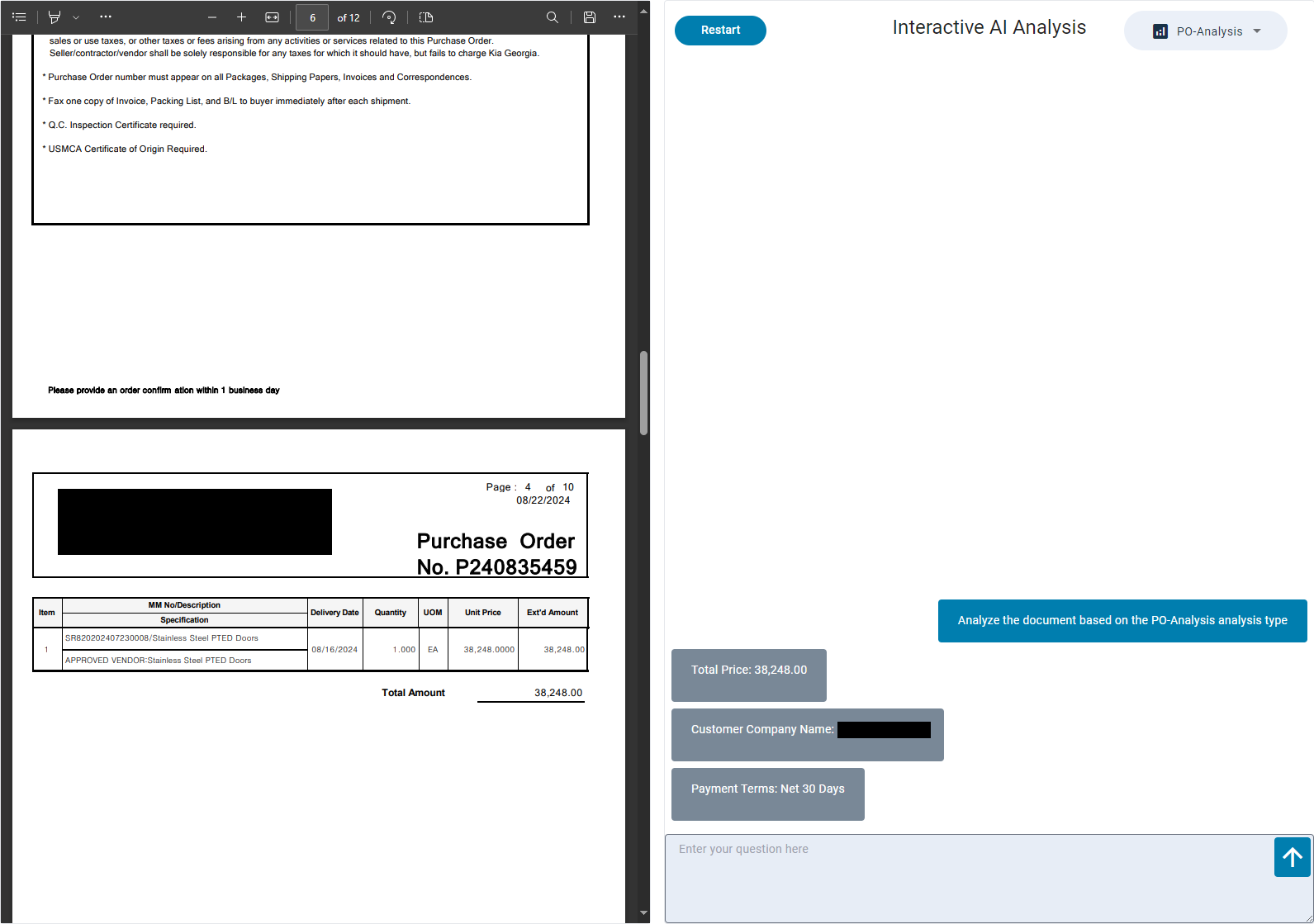
Summary
As you can see, it is easy and not time consuming to automate invoice processing using Artificial Intelligence services. Benefits are obvious:
– It reduces the manual time to read and key-in information
– It expedites the time to quickly feed data into other systems such as ERP
– It reduces errors introduced in manual data entry such as typos
– Humans can spend more qualitative time to review and approve the invoices
If you are looking to automate your invoice processes using AI Services, reach out to us at hello@dQuest.ai.
